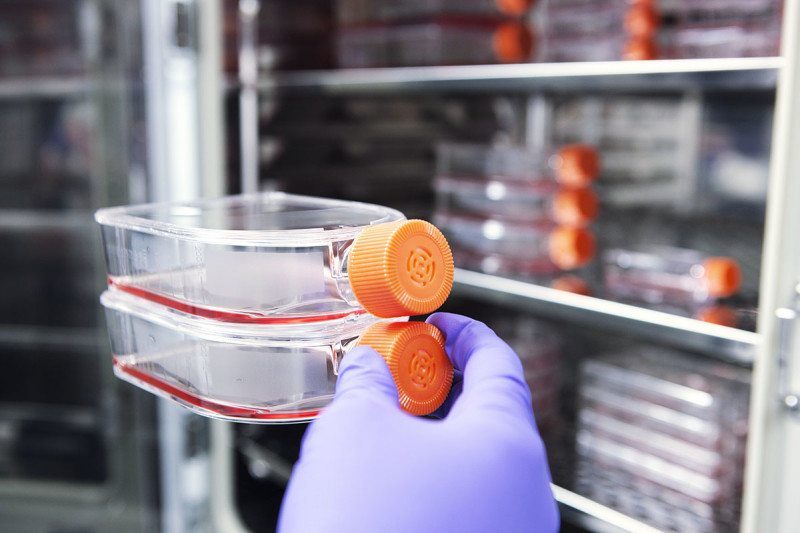OF THE
TIMES
History will have to record that the greatest tragedy of this period of social transition was not the strident clamor of the bad people, but the appalling silence of the good people.
The nato powers believe if they keep up the bullshit, this will increase the pressure on Moscow. These nato clowns don't have even half a mind of...
I’ve over the years noticed an out of proportion ranking, that is to say whenever you see a group of lower level (say grunt level) IDF personnel...
The professor makes no mention of the other things which have pissed students off. The corruption of the selection process and the mountain of...
Germany didn’t lose WWll - the NAZI’s just went underground 🤡💩🎪
The stupid still burns. 🤡💩🎪 People Vs Empire: World Wide Revolution Against Tyranny, Oppression & Zionism Framed As Antisemitism [Link]
To submit an article for publication, see our Submission Guidelines
Reader comments do not necessarily reflect the views of the volunteers, editors, and directors of SOTT.net or the Quantum Future Group.
Some icons on this site were created by: Afterglow, Aha-Soft, AntialiasFactory, artdesigner.lv, Artura, DailyOverview, Everaldo, GraphicsFuel, IconFactory, Iconka, IconShock, Icons-Land, i-love-icons, KDE-look.org, Klukeart, mugenb16, Map Icons Collection, PetshopBoxStudio, VisualPharm, wbeiruti, WebIconset
Powered by PikaJS 🐁 and In·Site
Original content © 2002-2024 by Sott.net/Signs of the Times. See: FAIR USE NOTICE

Reader Comments
to our Newsletter